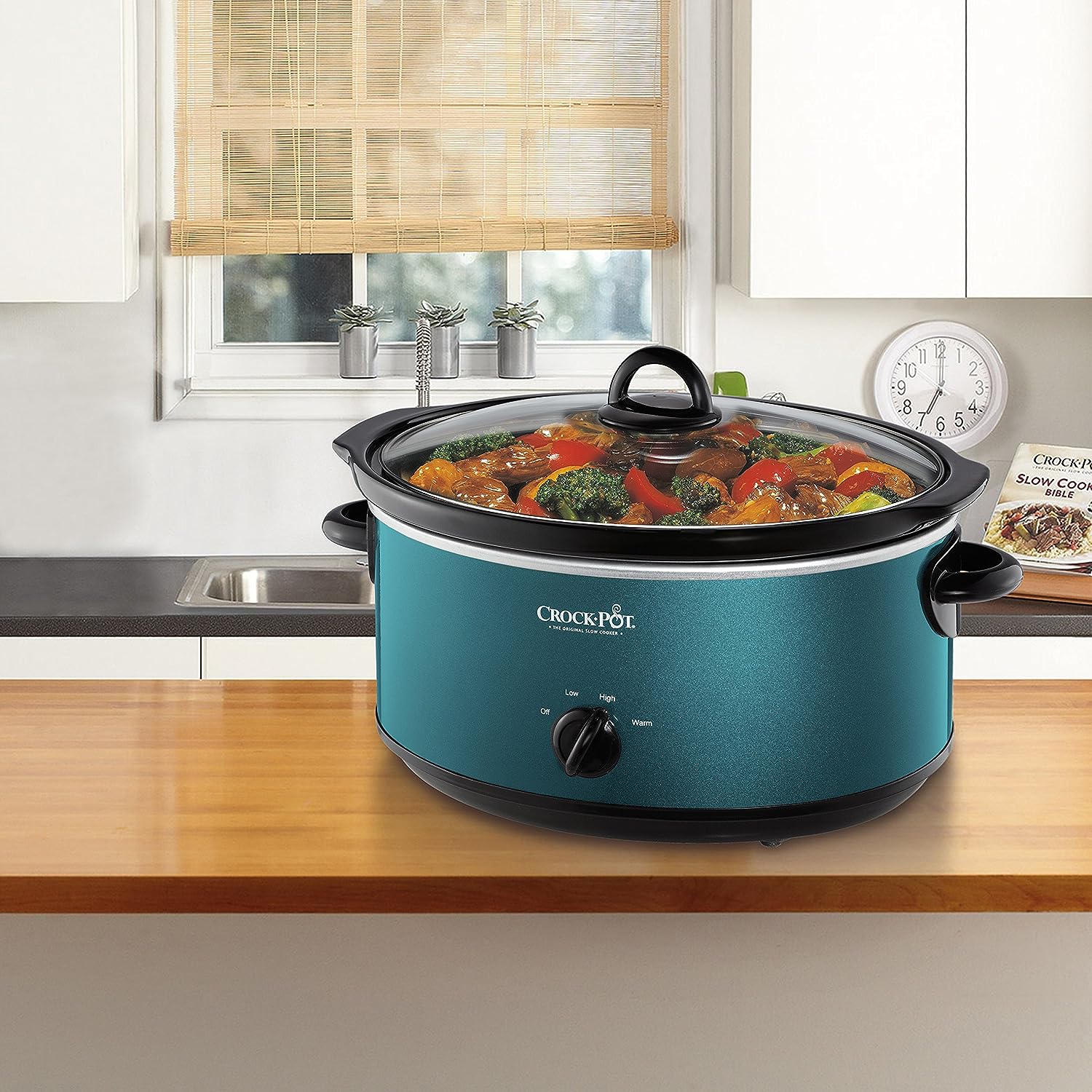

Articles
How To Cook Beef Stew In A Slow Cooker
Modified: January 6, 2024
Learn the art of making delicious beef stew in a slow cooker with our comprehensive articles. Get step-by-step guidance and tips for perfecting this comforting dish.
(Many of the links in this article redirect to a specific reviewed product. Your purchase of these products through affiliate links helps to generate commission for Storables.com, at no extra cost. Learn more)
Introduction
Welcome to the world of slow cooking – a culinary technique that brings out the best flavors in your dishes. And what’s better than a hearty and comforting beef stew cooked to perfection in a slow cooker?
Beef stew is a classic comfort food that warms your soul on a chilly evening. The slow cooker, also known as a crockpot, is the perfect tool to create a tender and flavorful beef stew without much effort. Whether you’re a novice cook or a seasoned chef, this method will yield delicious results every time.
In this article, we’ll guide you through the process of making a mouthwatering beef stew using a slow cooker. From choosing the right beef to adding the perfect blend of flavors, we’ll cover everything you need to know to create a perfect stew that will impress your family and friends.
So, put on your apron, grab your slow cooker, and let’s dive into the world of slow-cooked beef stew.
Key Takeaways:
- Choosing the right cut of beef, preparing the ingredients, and browning the meat are essential steps to creating a flavorful and tender beef stew in a slow cooker. The quality of the beef greatly impacts the taste of the stew, so choose wisely and opt for high-quality cuts whenever possible.
- Slow cooking allows the flavors to meld together, creating a comforting and hearty beef stew. Experiment with additional flavor enhancers such as herbs, spices, and acidity to elevate the taste and complexity of your stew. Remember, cooking is an art, so have fun exploring different flavors and techniques to make the beef stew your own.
Read more: How To Make Beef Stew On Stove Top
Choosing the Right Beef
The key to a delicious beef stew starts with choosing the right cut of beef. When it comes to slow cooking, you want a cut that is rich in flavor, tender, and will cook well over a long period of time. Here are some popular cuts of beef that work well for stew:
- Chuck Roast: This cut comes from the shoulder area of the cow and is perfect for slow cooking. It has a good amount of marbling, which adds flavor and keeps the meat moist during the long cooking process.
- Bottom Round: Also known as rump roast, this cut is leaner than chuck roast, but still tender and flavorful. It is a great choice for those who prefer leaner meat.
- Brisket: Brisket is a tough cut of meat that becomes wonderfully tender when cooked low and slow. It has a rich beefy flavor and is perfect for adding depth to your stew.
When purchasing beef for your stew, look for well-marbled meat with a good amount of fat. The fat will render during cooking, adding flavor and richness to the stew. You can ask your butcher for recommendations or look for labels that indicate the meat is suitable for slow cooking.
It’s also important to consider the size of the meat. You’ll want to choose a whole cut of beef rather than pre-cut stew meat, as the latter tends to be small and may overcook or turn dry during the long cooking process. Buying a larger piece of beef allows you to cut it into chunks of your desired size and ensures more even cooking.
Remember, the quality of the beef will greatly impact the taste of your stew, so choose wisely and opt for high-quality cuts whenever possible.
Now that you have chosen the right beef, it’s time to move on to the next step – preparing the ingredients.
Preparing the Ingredients
Now that you have your beef selected, it’s time to gather the rest of the ingredients for your beef stew. Here’s what you’ll need:
- Vegetables: A classic beef stew usually includes onions, carrots, and potatoes. These vegetables add flavor, texture, and nutrition to the dish. You can also add other vegetables like celery, mushrooms, or peas to suit your taste.
- Aromatics: Aromatics such as garlic and herbs like thyme, rosemary, and bay leaves are essential for enhancing the flavor profile of the stew.
- Liquid: You’ll need a liquid to cook the stew and create a delicious broth. Beef broth or stock is a popular choice, but you can also use a combination of broth and red wine for added depth of flavor.
- Seasoning: Salt, pepper, and other seasonings like paprika or Worcestershire sauce will elevate the taste of your stew. Adjust the seasoning to your preferences and taste as you go along.
Before you start cooking, it’s important to prepare your ingredients. Here’s what you need to do:
- Chop the vegetables: Peel and chop the onions, carrots, and potatoes into bite-sized pieces. If you’re using additional vegetables, prepare them as well. The size of the vegetables will depend on your personal preference – larger chunks will hold their shape, while smaller pieces will blend into the stew.
- Mince the garlic: Peel the cloves of garlic and finely mince them. Garlic adds a wonderful depth of flavor to the stew.
- Prepare the herbs: If using fresh herbs, wash and chop them. If using dried herbs, measure out the required amount. Fresh herbs will provide a more vibrant flavor, but dried herbs work just as well.
- Measure the liquids: Measure out the beef broth, wine, or any other liquid you’re using in the stew. This will make it easier to add to the slow cooker later.
Preparing the ingredients beforehand ensures a smooth and efficient cooking process. Now that everything is prepped and ready, it’s time to move on to the next step – browning the beef.
Browning the Beef
Browning the beef is a crucial step in creating a flavorful and rich beef stew. This process helps to develop deep, caramelized flavors by searing the meat before it goes into the slow cooker. Here’s how to do it:
- Pat the beef dry: Before you start browning, make sure the beef is dry. Use a paper towel to pat it dry, as moisture will hinder browning.
- Season the beef: Season the beef generously with salt and pepper. This will enhance the flavor of the meat as it browns.
- Heat the oil: In a large skillet or Dutch oven over medium-high heat, heat a tablespoon of oil. Choose an oil with a high smoke point, such as vegetable oil or canola oil.
- Sear the meat: Once the oil is hot, add the beef to the skillet. Sear each side of the beef until it forms a golden-brown crust, about 2-3 minutes per side. Avoid overcrowding the pan, as this will cause the meat to steam rather than brown. Brown the beef in batches if necessary.
- Remove the beef: Once the beef is browned, transfer it to a plate or a bowl. This step is not meant to cook the meat through, but rather to develop flavor and color.
Browning the beef adds a depth of flavor and richness to the stew. The caramelization process creates a savory crust on the outside of the meat, which will infuse the stew with delicious flavors as it cooks.
Now that the beef is perfectly browned, it’s time to move on to assembling the stew in the slow cooker.
Assembling the Stew
Now that the beef is browned and full of flavor, it’s time to assemble all the ingredients in your slow cooker to create a delectable beef stew. Follow these steps to ensure a well-balanced and delicious stew:
- Add the vegetables: Start by layering the chopped onions, carrots, and potatoes at the bottom of your slow cooker. If you’re using other vegetables, add them as well. This helps to distribute the flavors and ensures even cooking.
- Place the browned beef on top: Arrange the browned beef on top of the vegetables. Make sure to nestle it into the vegetables, allowing the meat and vegetables to cook together.
- Scatter the aromatics: Sprinkle the minced garlic and any herbs you’re using over the beef and vegetables. This will infuse the stew with aromatic flavors.
- Pour in the liquid: Slowly pour the beef broth, wine, or combination of liquids into the slow cooker. The liquid will help create a flavorful and moist cooking environment for the stew.
At this point, your slow cooker should be filled with layers of vegetables, browned beef, and aromatic flavors. The liquid should cover most of the ingredients, but be careful not to overfill the slow cooker.
Once everything is assembled, it’s time to set the slow cooker to do its magic and cook the stew low and slow. But before that, let’s talk about adding the flavors to make your beef stew even more mouthwatering.
For a richer flavor, sear the beef in a hot pan before adding it to the slow cooker. This will help to lock in the juices and enhance the overall taste of the stew.
Read more: How To Thicken A Stew In A Slow Cooker
Cooking in the Slow Cooker
Now that your beef stew is assembled in the slow cooker, it’s time to let it cook low and slow to achieve tender and flavorful results. Here’s how to cook your beef stew in the slow cooker:
- Select the cooking time and temperature: Depending on your slow cooker, you’ll have different settings for cooking time and temperature. For beef stew, it’s recommended to cook on low heat for 6-8 hours or on high heat for 3-4 hours. The low and slow cooking allows the flavors to meld together and the beef to become tender.
- Cover the slow cooker: Place the lid securely on the slow cooker to trap the heat and moisture inside. This will help create a tender and juicy beef stew.
- Avoid peeking: While it may be tempting to lift the lid and check on the progress of your stew, try to resist the urge. Each time you lift the lid, heat and moisture escape, which can extend the cooking time and affect the tenderness of the beef.
- Stir occasionally (optional): If you’re around during the cooking process, you can give the stew a gentle stir once or twice. This helps to distribute the flavors and ensures all the ingredients are cooking evenly.
The slow cooker does all the work for you while you go about your day. The low and slow cooking method allows the beef to become beautifully tender, while the vegetables soften and soak up the flavors of the broth.
As the stew cooks, you’ll start to notice the enticing aroma filling your kitchen. The anticipation builds as the flavors develop and meld together, creating a comforting and hearty dish.
Now that your beef stew is simmering away in the slow cooker, let’s talk about adding the final touches to enhance the flavors.
Adding the Flavors
As your beef stew cooks in the slow cooker, it’s the perfect time to add some additional flavors to make it even more delicious and satisfying. Here are a few ways you can enhance the flavors of your beef stew:
- Taste and adjust: About halfway through the cooking time, give your stew a taste to see if any additional seasoning is needed. You can add more salt, pepper, or other seasonings according to your preference. This ensures that the flavors are well-balanced and perfectly suited to your taste.
- Add more herbs and spices: If you feel that the stew needs an extra flavor boost, consider adding some herbs and spices during the cooking process. This can include dried herbs like thyme or rosemary, or spices like paprika or cumin. Be mindful of the quantities, as a little goes a long way.
- Thicken the stew (optional): If you prefer a thicker stew, you can thicken the broth towards the end of the cooking time. Create a slurry by combining equal parts cornstarch and water, then add it gradually to the stew while stirring. Allow the stew to cook for an additional 15-20 minutes to allow the broth to thicken.
- Add a splash of acidity: To brighten up the flavors of your stew, consider adding a splash of acidity. This can be in the form of a squeeze of lemon juice or a splash of vinegar, such as balsamic or red wine vinegar. The acidity helps to balance the richness of the stew and add a tangy element to the dish.
These additional flavor enhancers can take your beef stew to the next level, elevating its taste and complexity. Remember, cooking is an art, and you have the freedom to experiment with flavors and adjust them to suit your personal preferences.
Now that your beef stew is cooked to perfection and bursting with flavors, it’s time to serve it up and enjoy a comforting and satisfying meal.
Serving the Beef Stew
After hours of slow cooking, your beef stew is now ready to be enjoyed. Here are some tips on how to serve and garnish your delicious beef stew:
- Choose the right serving dish: Transfer your beef stew from the slow cooker to a serving dish that can retain the heat. A ceramic or cast iron pot works great for keeping the stew warm at the table.
- Garnish with fresh herbs: Sprinkle some freshly chopped herbs over the stew just before serving. Herbs like parsley, cilantro, or thyme add a vibrant and fresh element to the dish. It not only enhances the presentation but also adds a burst of flavor.
- Serve with crusty bread or biscuits: A warm and crusty bread or freshly baked biscuits are the perfect accompaniments to soak up the flavorful gravy. They add texture and make the meal more filling.
- Pair with sides: Consider serving your beef stew with complimentary side dishes such as steamed vegetables, mashed potatoes, or a simple green salad. These sides can provide balance to the meal and add even more variety to your plate.
- Enjoy leftovers: Stews often taste even better the next day, as the flavors have had time to mingle and develop further. Store any leftovers in an airtight container in the refrigerator and reheat gently on the stovetop or in the microwave when you’re ready to enjoy them again.
Remember, the beauty of beef stew lies in its versatility. You can tailor it to suit your preferences, adding ingredients and flavors that you love. Feel free to experiment with different herbs, spices, or vegetables to create a stew that is uniquely yours.
Now that you’re armed with the knowledge of how to serve your beef stew, it’s time to dig in and savor the hearty, flavorful goodness. Enjoy!
Tips and Variations
Creating a delicious beef stew in a slow cooker is a straightforward process, but here are some additional tips and variations to ensure your stew turns out perfect every time:
- Trim excess fat: While some fat adds flavor, you may want to trim excess fat from the beef before browning it. This helps prevent an overly greasy stew.
- Add in root vegetables: In addition to carrots and potatoes, consider adding other root vegetables like parsnips, turnips, or rutabagas to add depth and variety to your stew.
- Experiment with spices: Don’t be afraid to play with different spices to customize the flavor of your stew. Try adding a touch of cayenne pepper for a subtle heat or a pinch of smoked paprika for a smoky flavor.
- Use homemade broth: If possible, make your own beef broth or stock to enhance the flavor of your stew. It may require some extra time and effort, but the results will be well worth it.
- Add umami ingredients: For an extra savory kick, consider adding umami-rich ingredients like tomato paste, soy sauce, Worcestershire sauce, or mushrooms. These ingredients will deepen the flavor of your stew.
- Try different cuts of beef: While chuck roast is the classic choice, don’t hesitate to try different cuts of beef, such as short ribs or stewing beef, for unique textures and flavors.
- Make it ahead of time: Beef stew tastes even better when the flavors have time to meld together. Consider making it a day in advance and reheating it before serving to allow the flavors to develop.
- Freeze leftovers for future meals: If you have extra beef stew, portion it into freezer-friendly containers and freeze for later use. It makes for a quick and satisfying meal on busy days.
Remember, cooking is an art, and these tips and variations provide you with the opportunity to experiment and make the beef stew your own. Have fun exploring different flavors and techniques to create a stew that perfectly suits your taste.
Now that you have a plethora of ideas and inspiration, it’s time to grab your slow cooker and start cooking up a delicious and comforting beef stew. Enjoy the process and the incredible flavors that await you!
Frequently Asked Questions about How To Cook Beef Stew In A Slow Cooker
Was this page helpful?
At Storables.com, we guarantee accurate and reliable information. Our content, validated by Expert Board Contributors, is crafted following stringent Editorial Policies. We're committed to providing you with well-researched, expert-backed insights for all your informational needs.
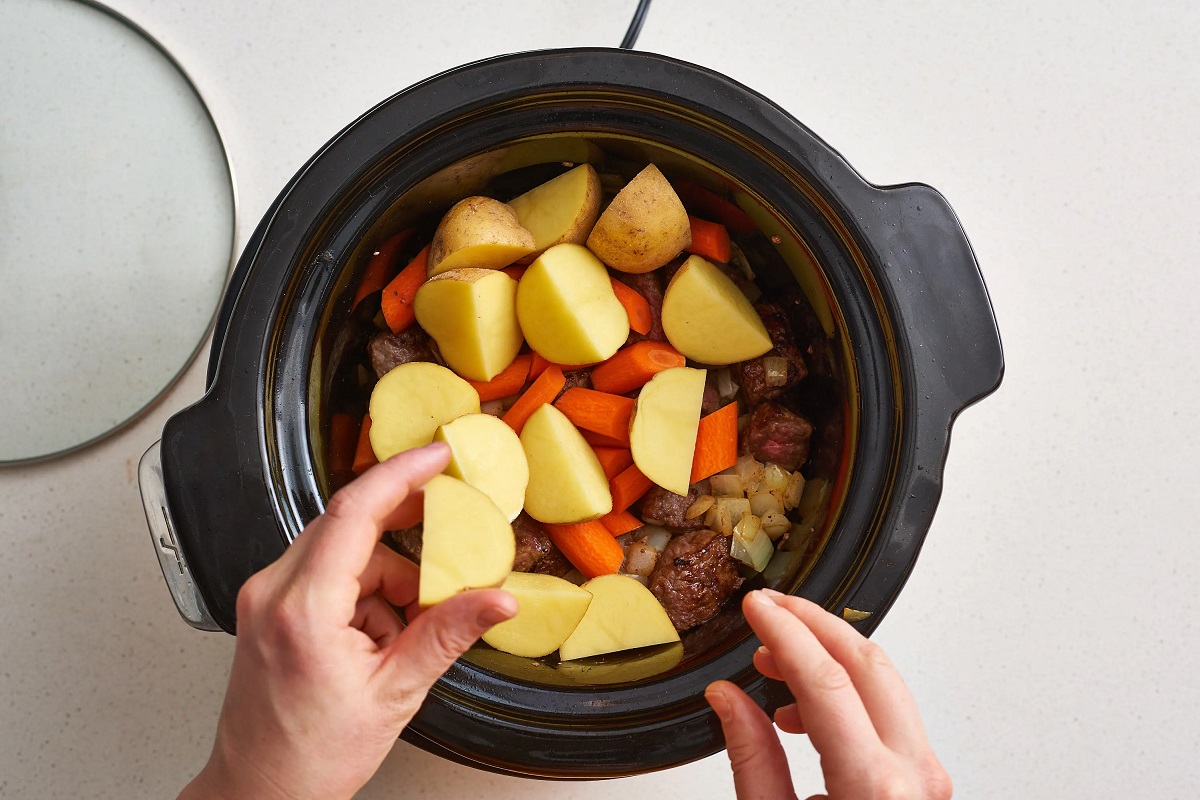
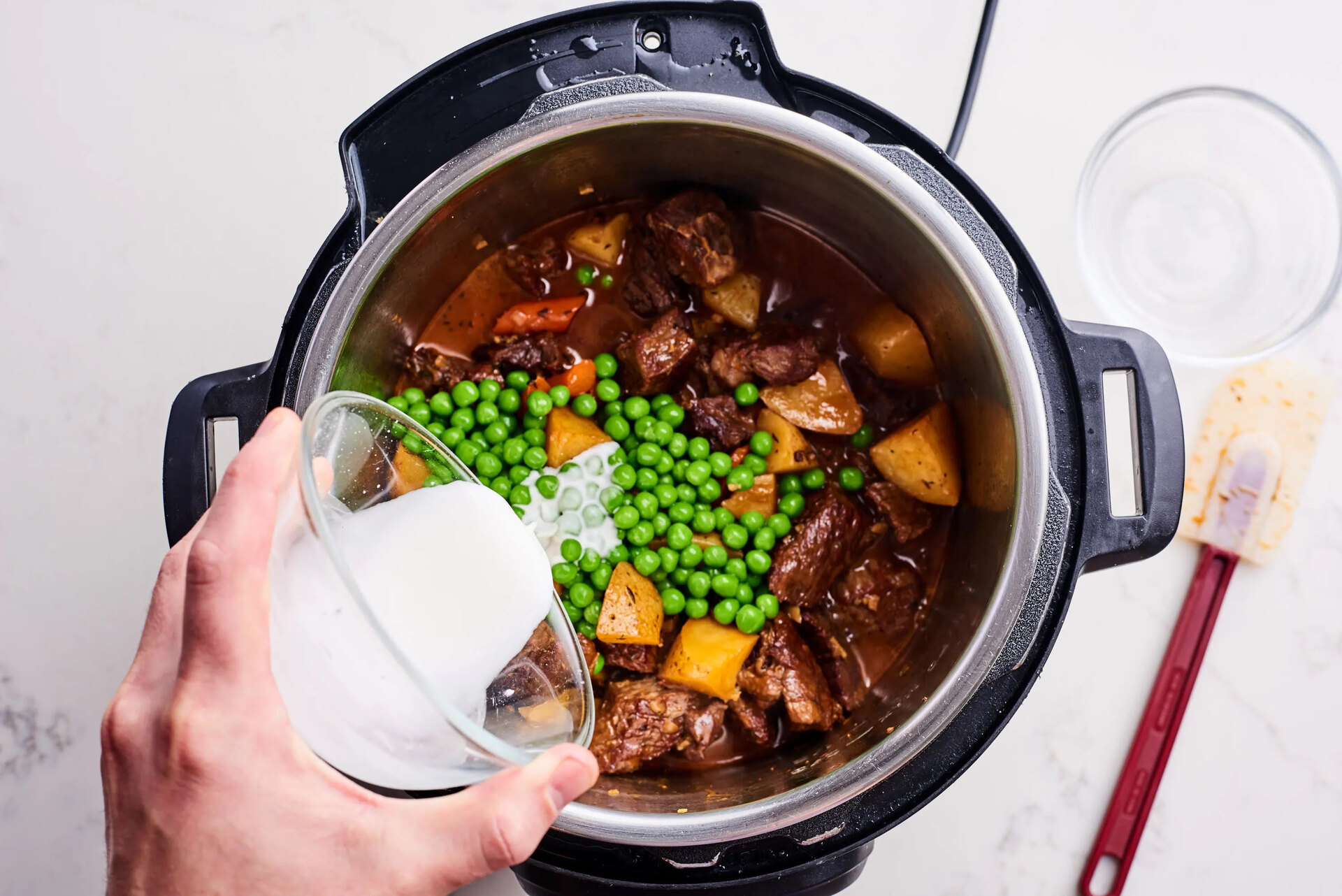
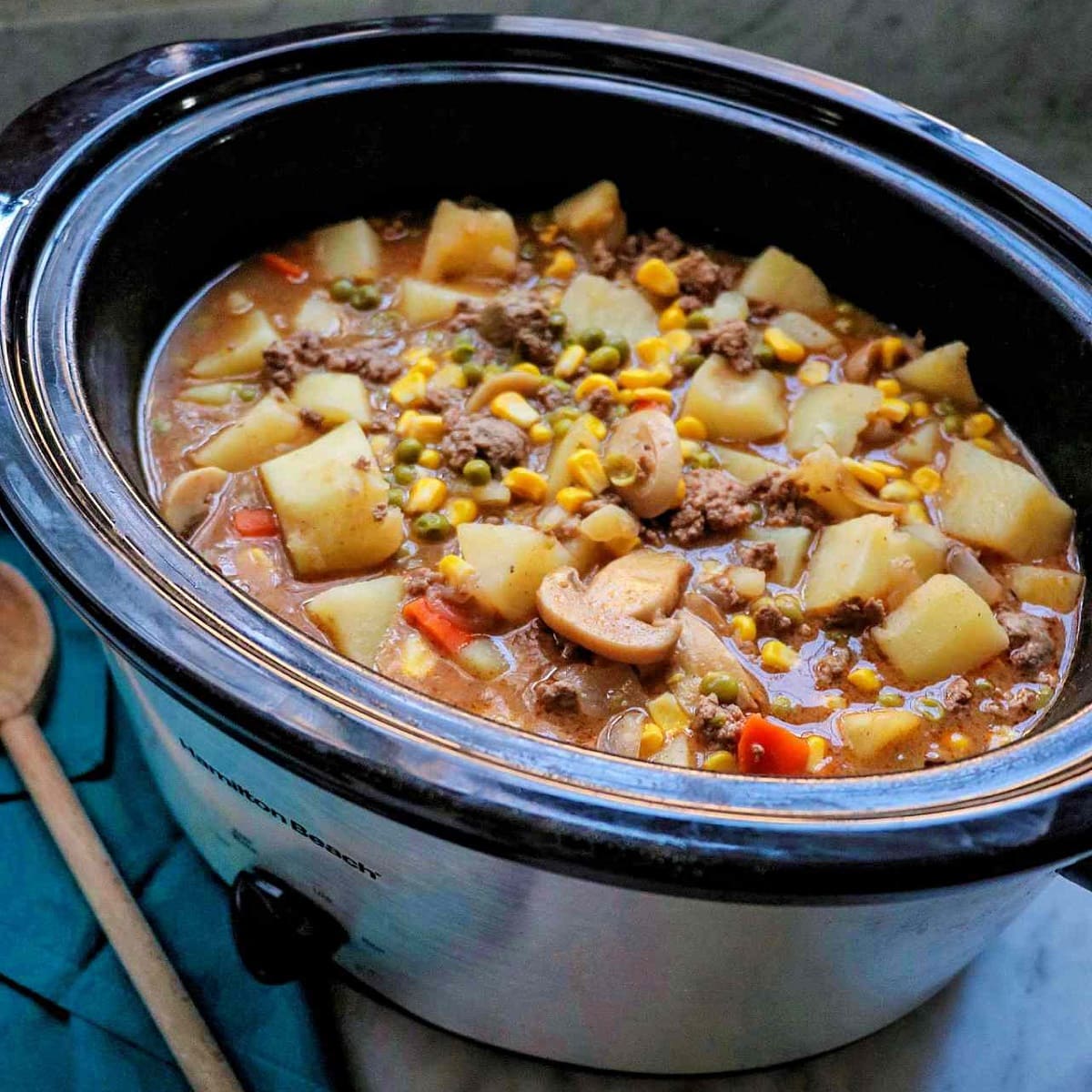
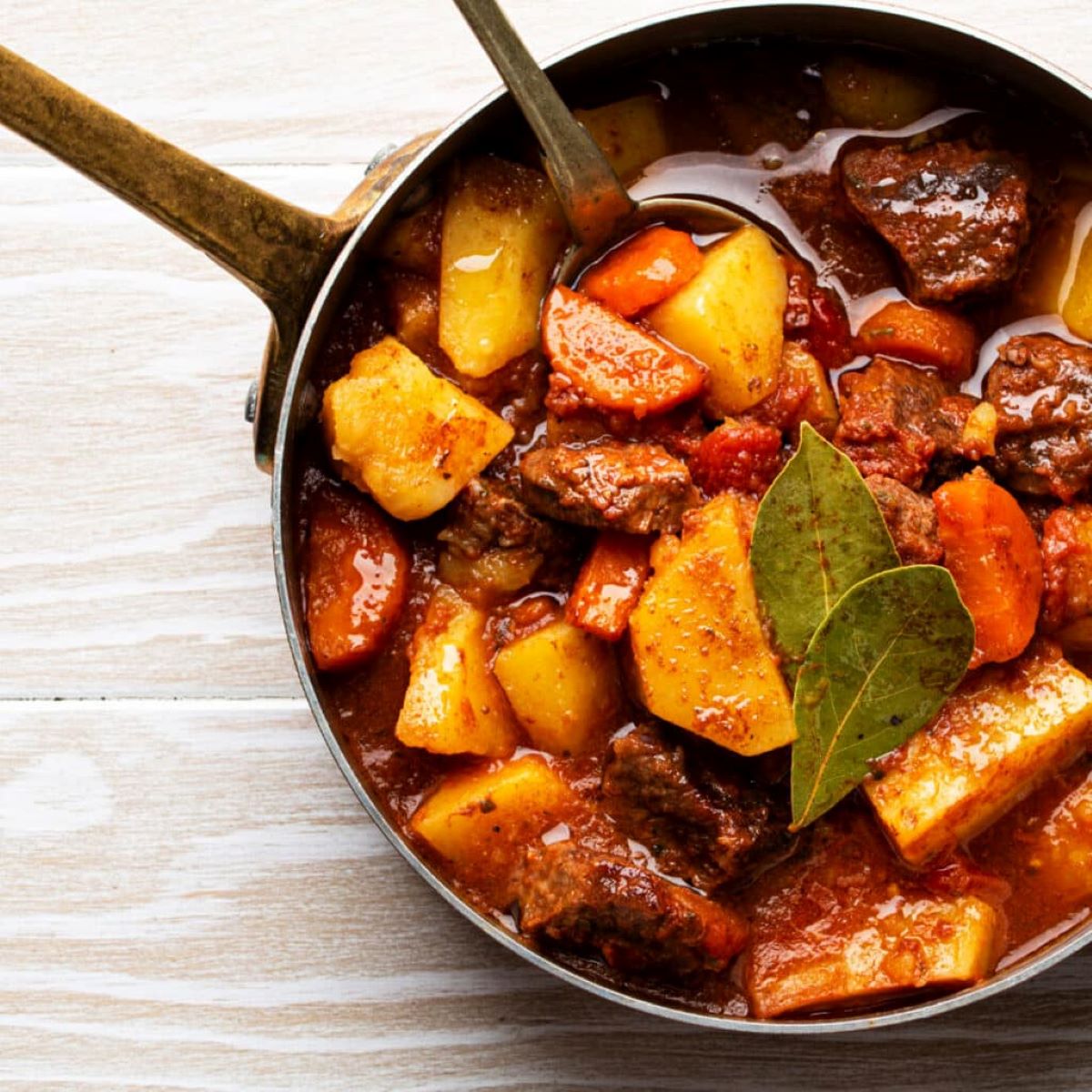
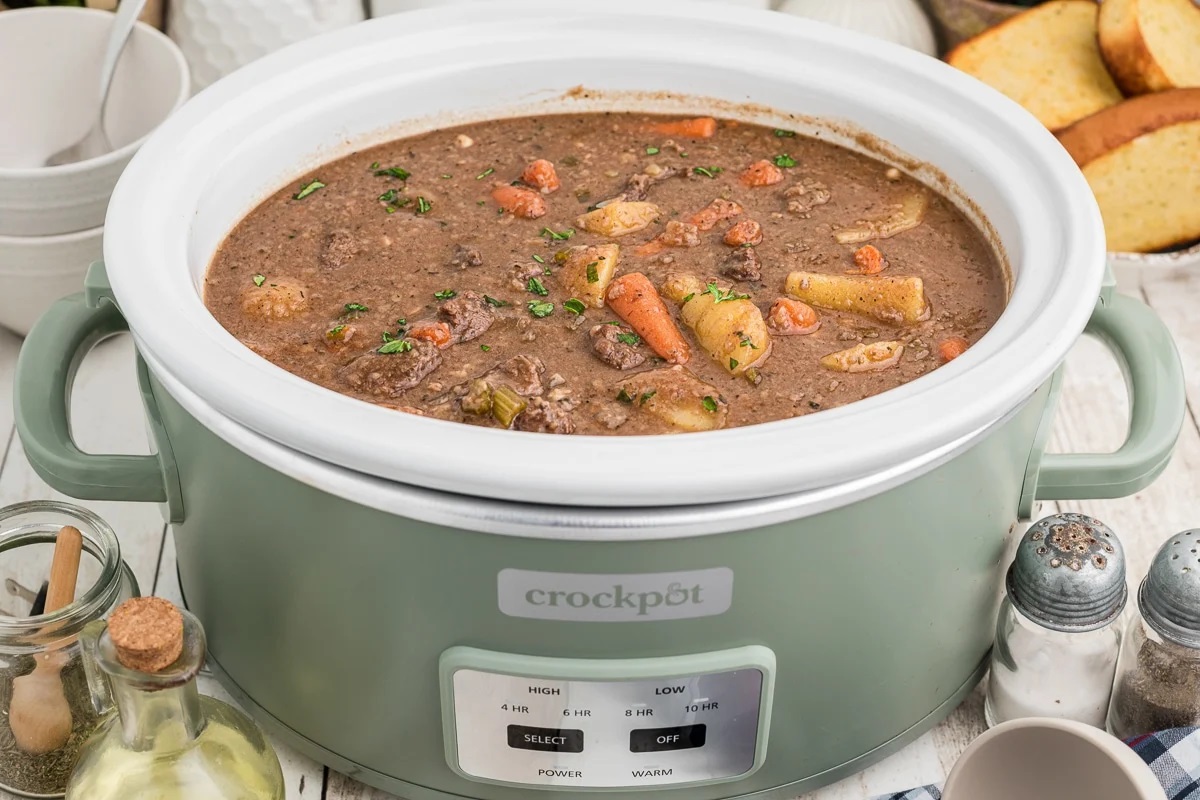
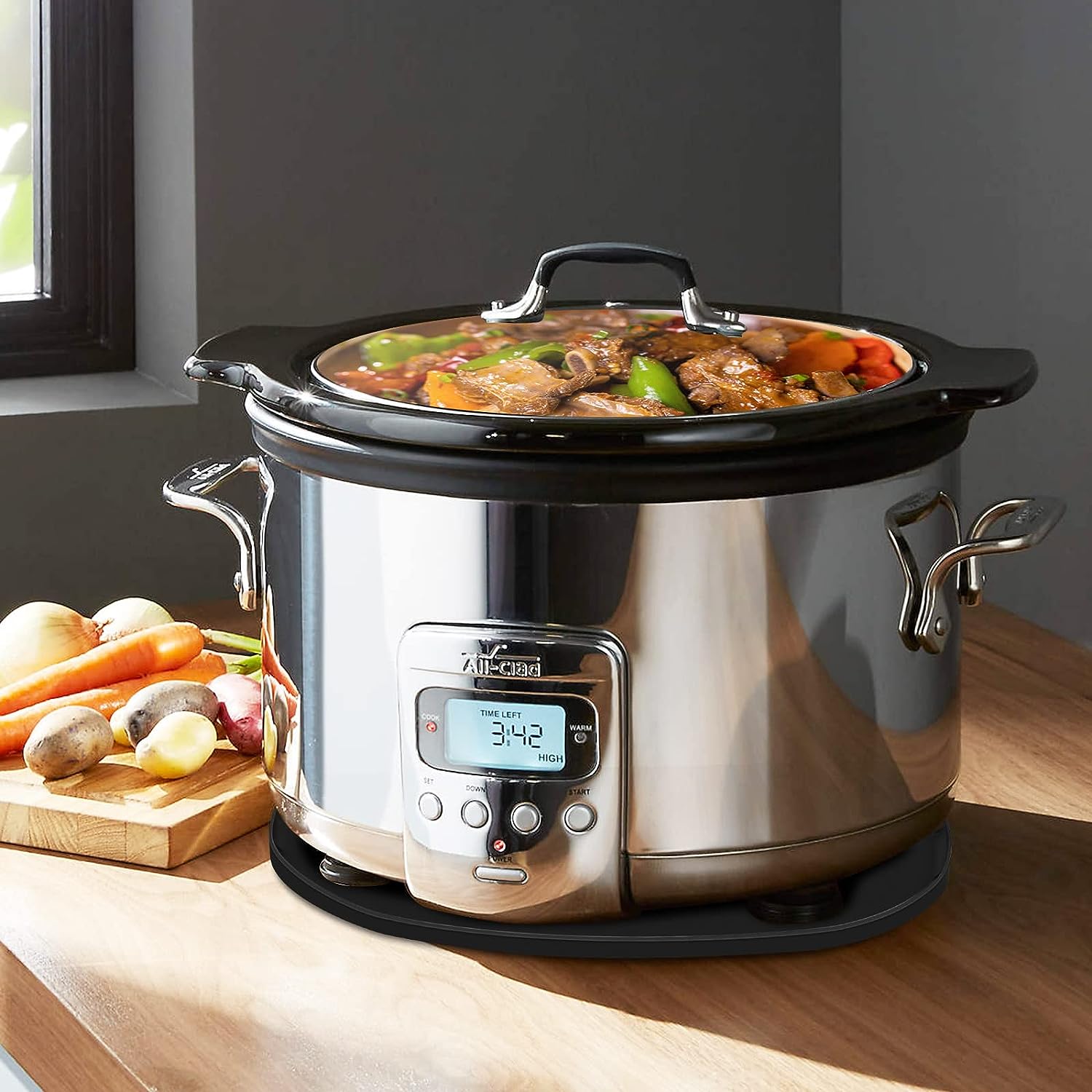
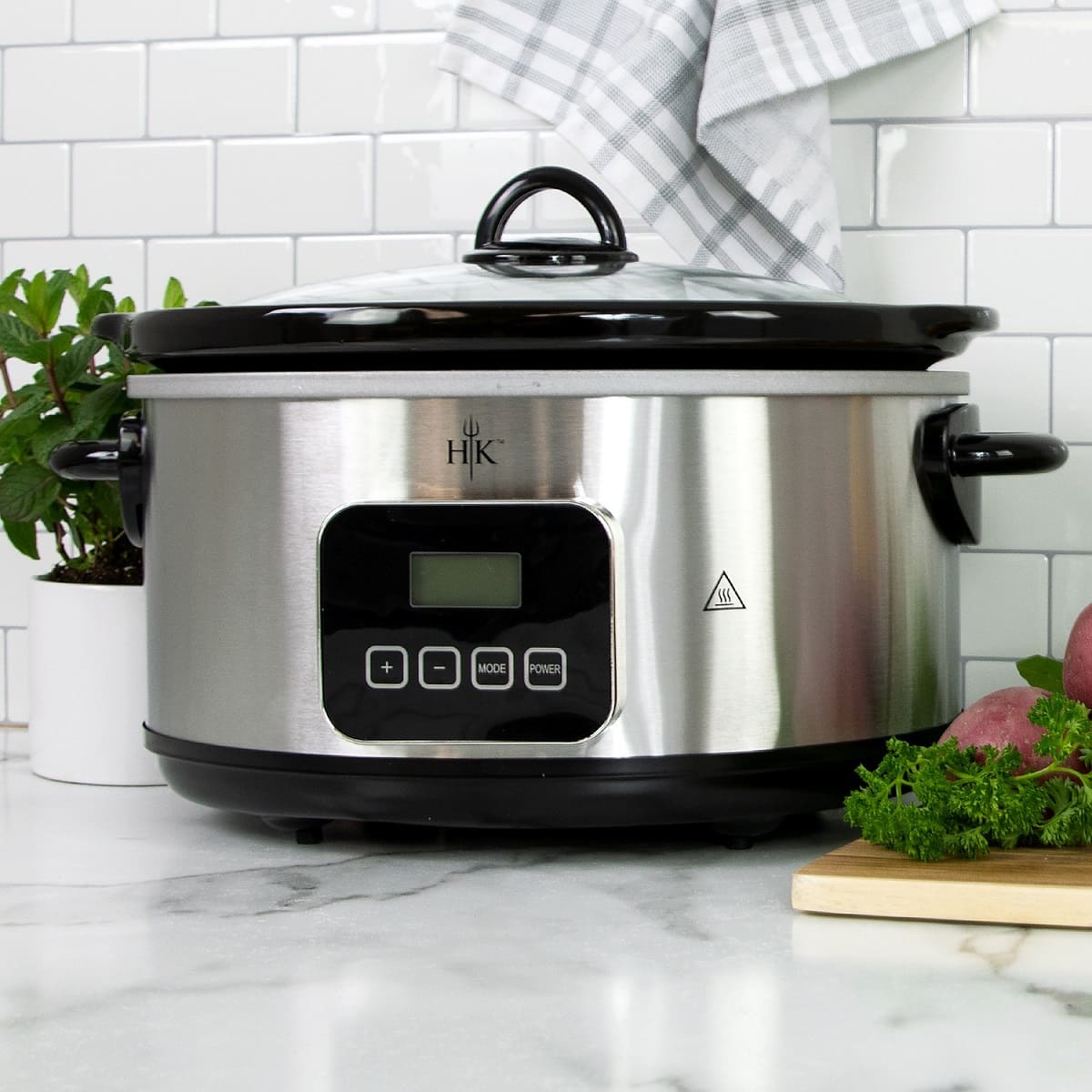
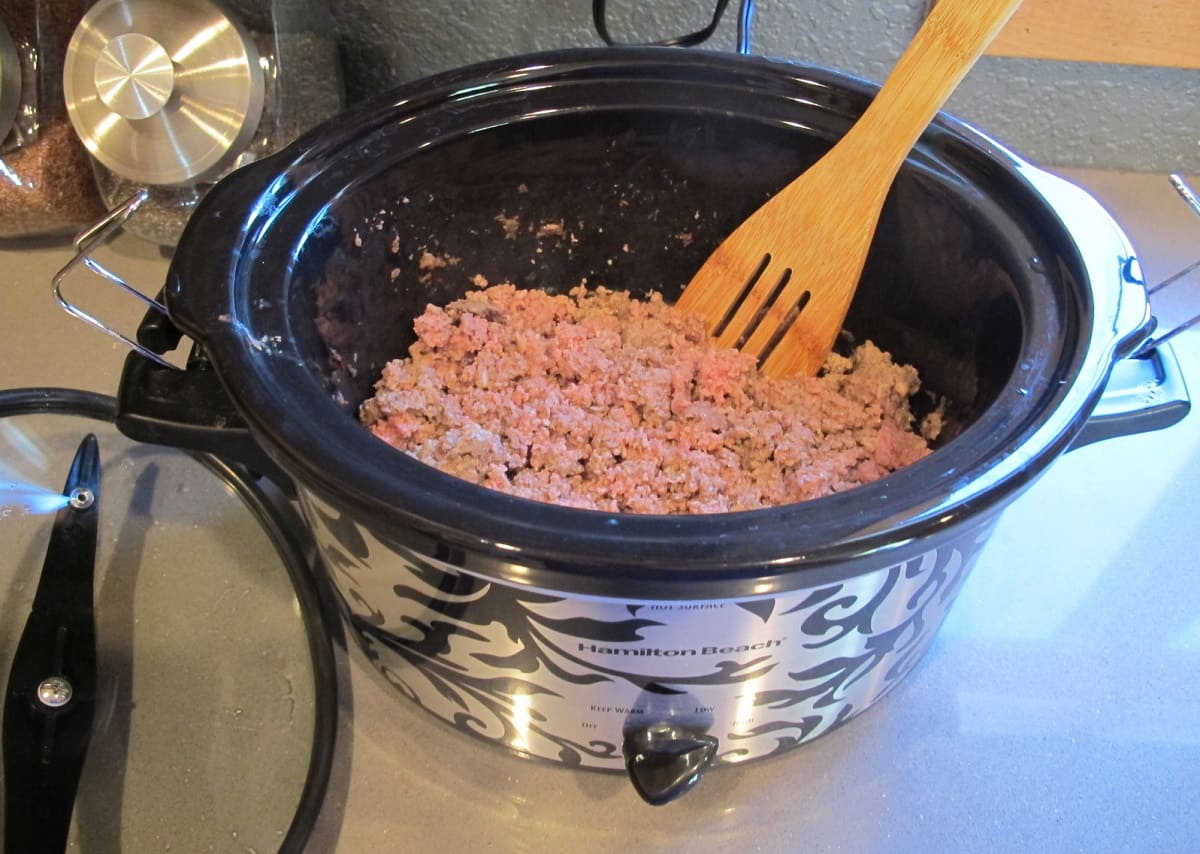
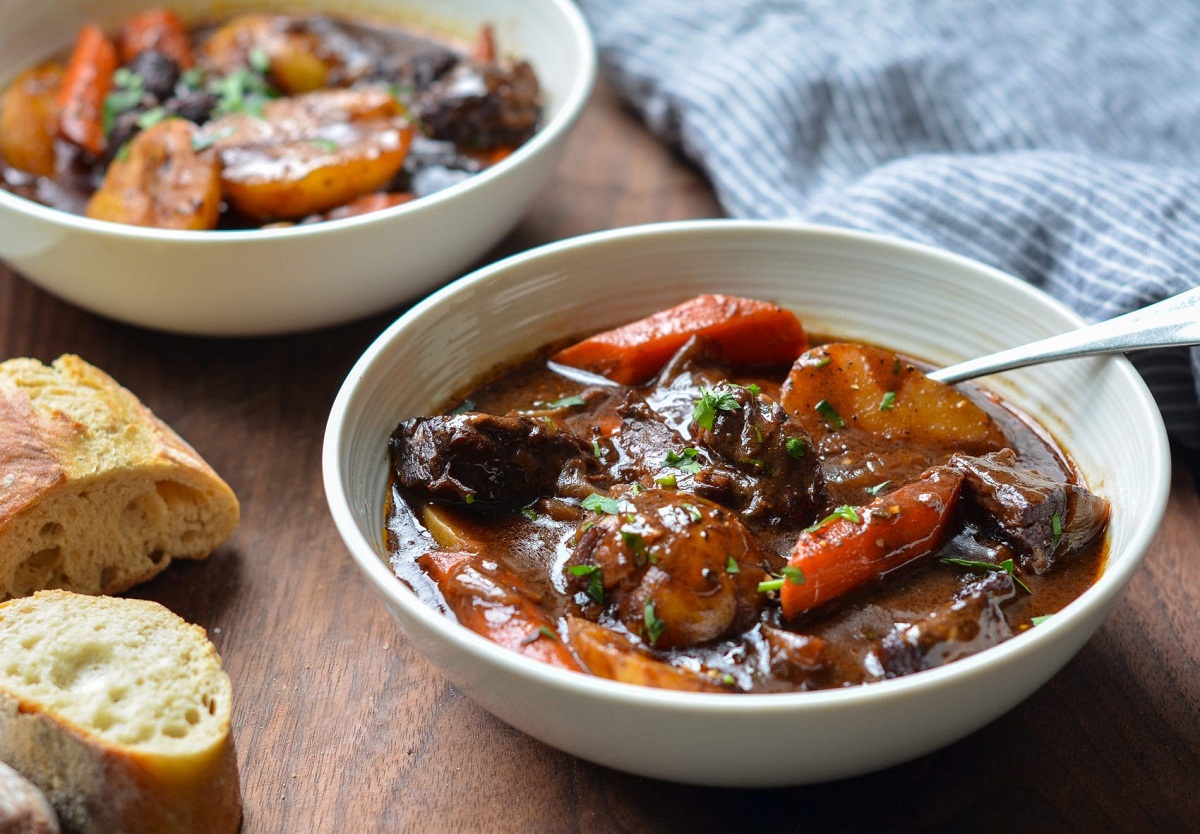
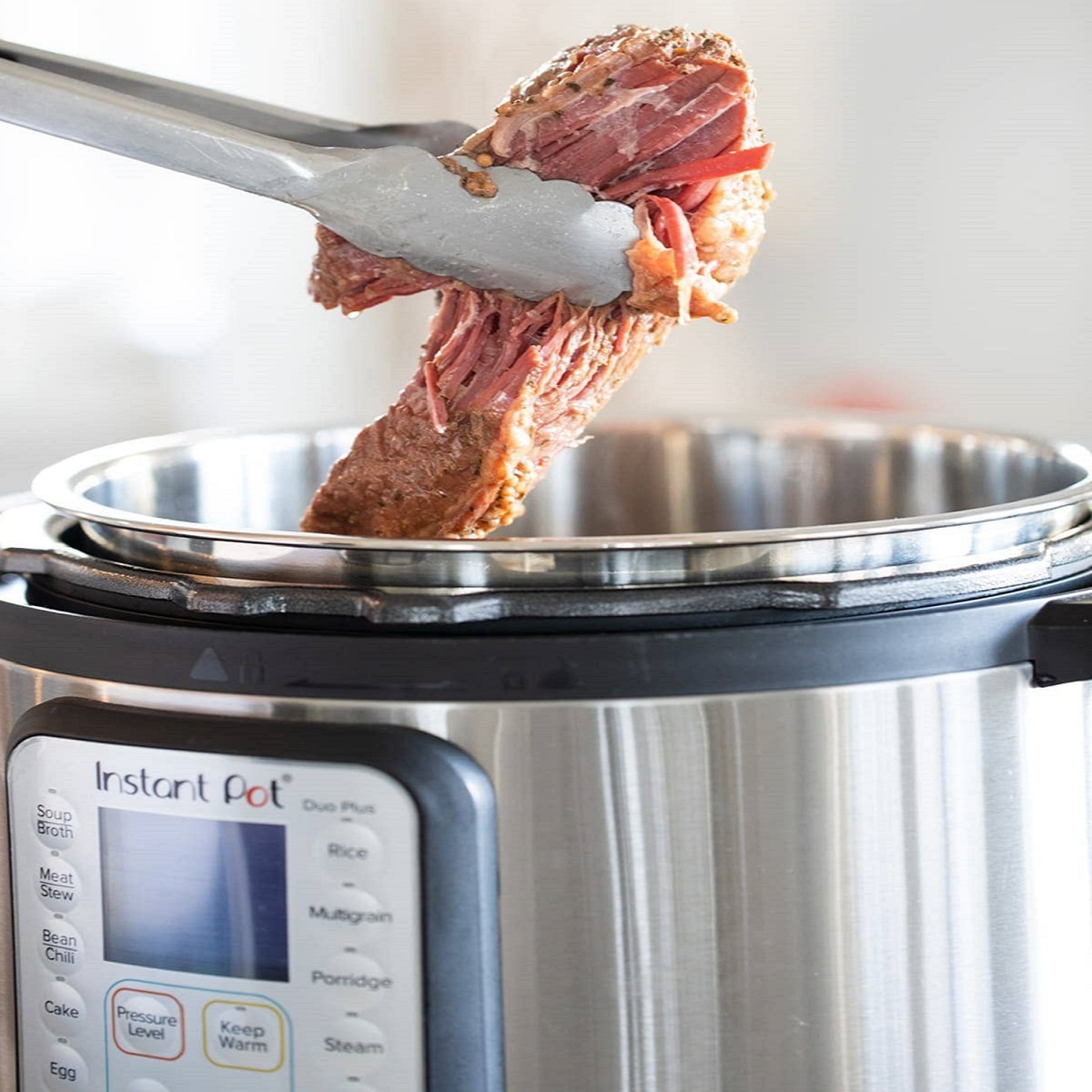
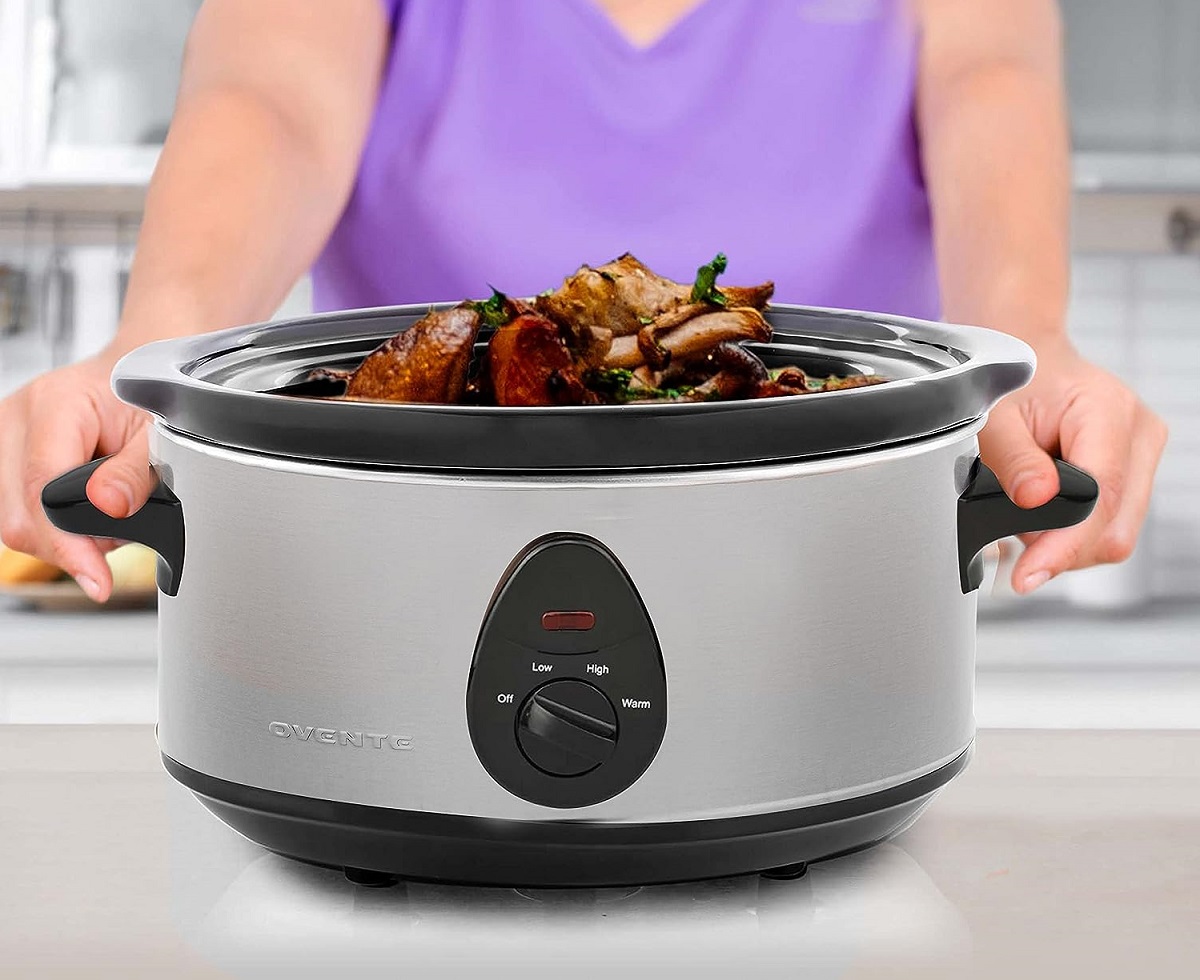
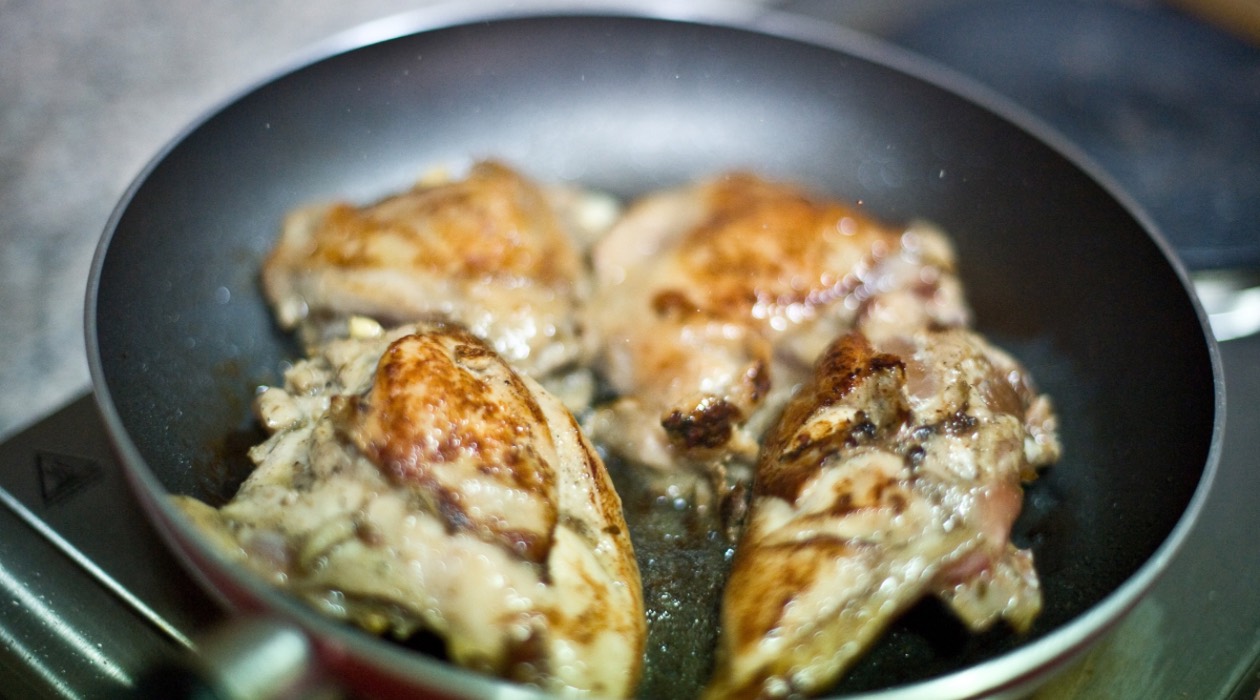
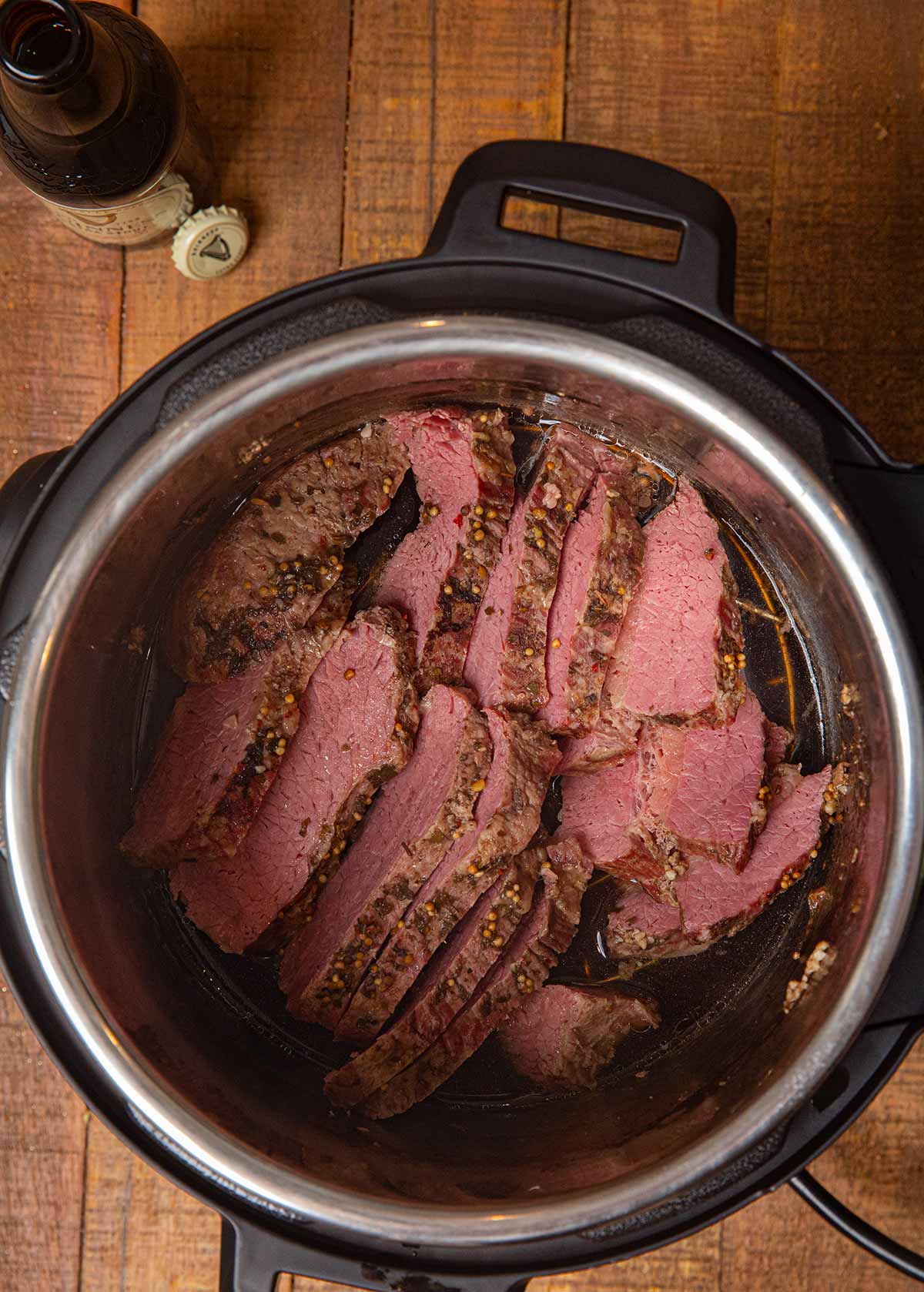
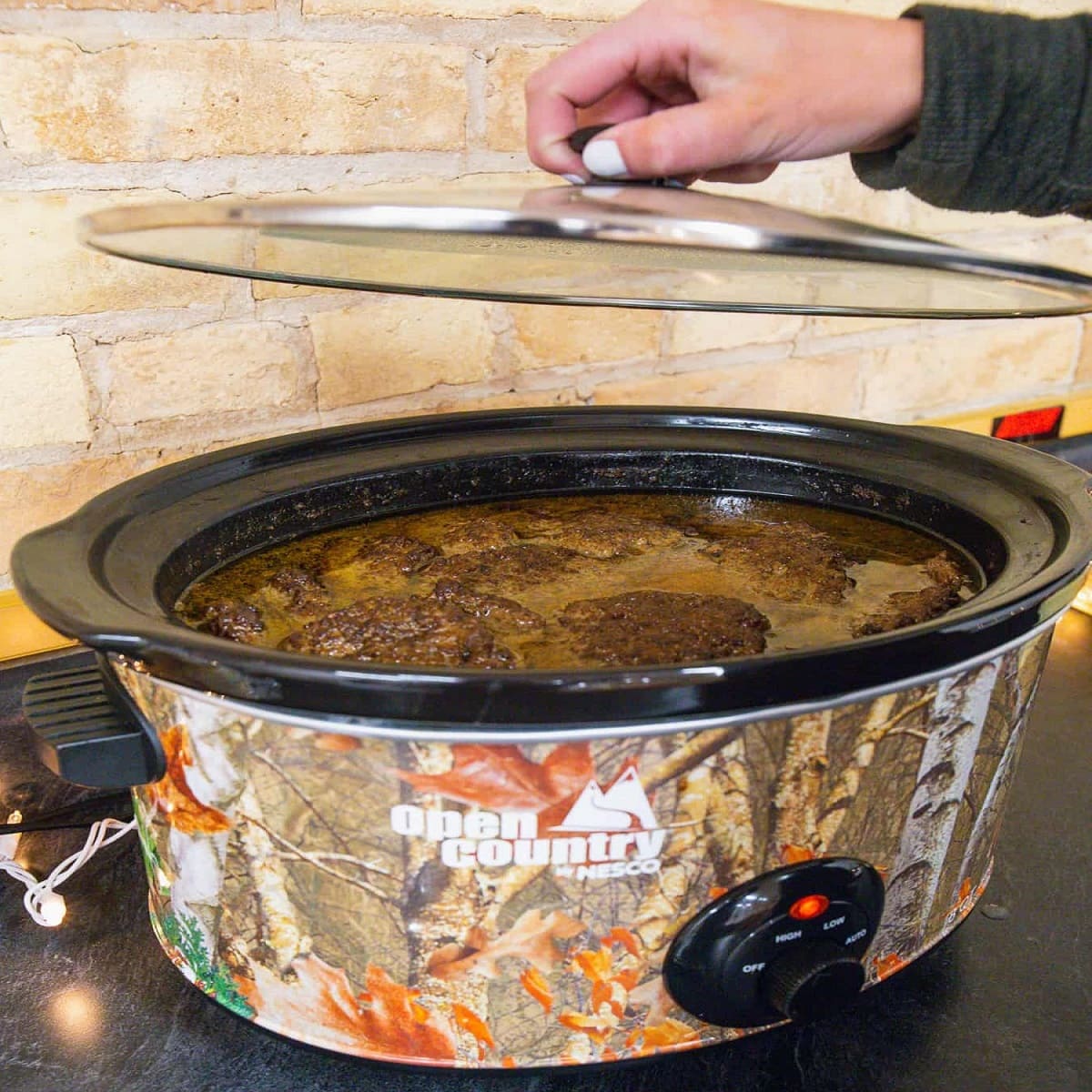

0 thoughts on “How To Cook Beef Stew In A Slow Cooker”